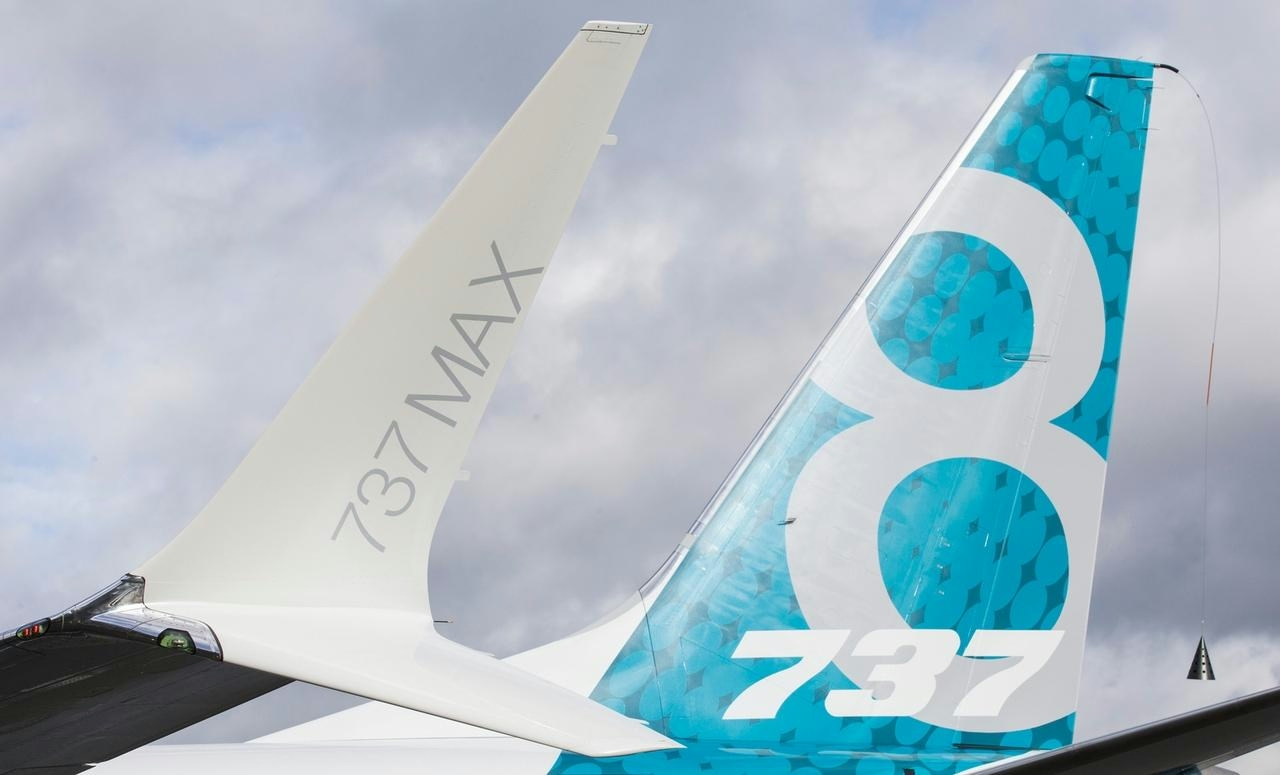
AeroGenie — Seu copiloto inteligente.
Tendências
Categories
Willis Aviation Services and Jet2.com Announce Long-Term Maintenance Partnership

Willis Aviation Services and Jet2.com Announce Long-Term Maintenance Partnership
Expansion of Maintenance Services at Teesside Facility
Willis Lease Finance Corporation (NASDAQ: WLFC), a prominent global lessor of commercial aircraft engines and provider of aviation services, has announced that its subsidiary, Willis Aviation Services Limited (WASL), has secured a long-term maintenance partnership with leisure airline Jet2.com. Building on the successful completion of a single maintenance line earlier this year, the agreement will see WASL provide two base maintenance lines for Jet2’s fleet during the upcoming season. Both maintenance lines will be operated from WASL’s newly established, state-of-the-art facility at Teesside International Airport in Northeast England.
This expansion not only demonstrates WASL’s enhanced operational capabilities but also responds to the rising demand for aircraft maintenance, repair, and overhaul (MRO) services across the UK and Europe. The Teesside facility is anticipated to generate a substantial number of highly skilled jobs, supporting both immediate operational requirements and the long-term development of the regional aerospace workforce.
Austin C. Willis, CEO of Willis Lease Finance Corporation, emphasized the significance of the partnership, stating, “Our investment in Teesside enables WASL to deliver essential services for airlines like Jet2 and reflects our commitment to driving local economic growth and creating skilled jobs in the UK aerospace industry.” Chris Hubbard, Director of Engineering & Maintenance at Jet2.com, expressed satisfaction with WASL’s performance, highlighting the importance of maintaining the highest standards of safety, operational excellence, and reliability for their customers. He affirmed the airline’s intention to continue the collaboration through the 2025 and 2026 seasons.
Industry Challenges and Strategic Positioning
The announcement comes amid a challenging environment for the aviation maintenance sector. Global tariff threats present potential risks to supply chains, which could increase costs associated with parts sourcing and maintenance operations. Furthermore, competitive pressures are intensifying as other maintenance providers, including Harmony Aircraft Services and Pinnacle Aviation, expand their own service bases and capabilities. Market sentiment remains cautious, particularly within the business jet segment, as noted by Jefferies, potentially affecting broader industry confidence and investment.
Despite these headwinds, WASL’s expansion at Teesside strategically positions the company to meet growing demand and reinforce its role within the UK MRO sector. The facility is equipped to offer heavy maintenance checks, transitional activities, and paint services to airlines and lessors worldwide, underscoring the company’s dedication to operational excellence and industry leadership.
Willis Lease Finance Corporation’s integrated aviation services encompass engine and aircraft leasing, asset management, and end-of-life solutions, with a strong emphasis on sustainability initiatives such as Willis Sustainable Fuels. As the aviation industry continues to navigate evolving market dynamics, the partnership between WASL and Jet2.com highlights a shared commitment to safety, reliability, and innovation in aircraft maintenance.

How AI and Global Connectivity Are Shaping Air Travel in 2026
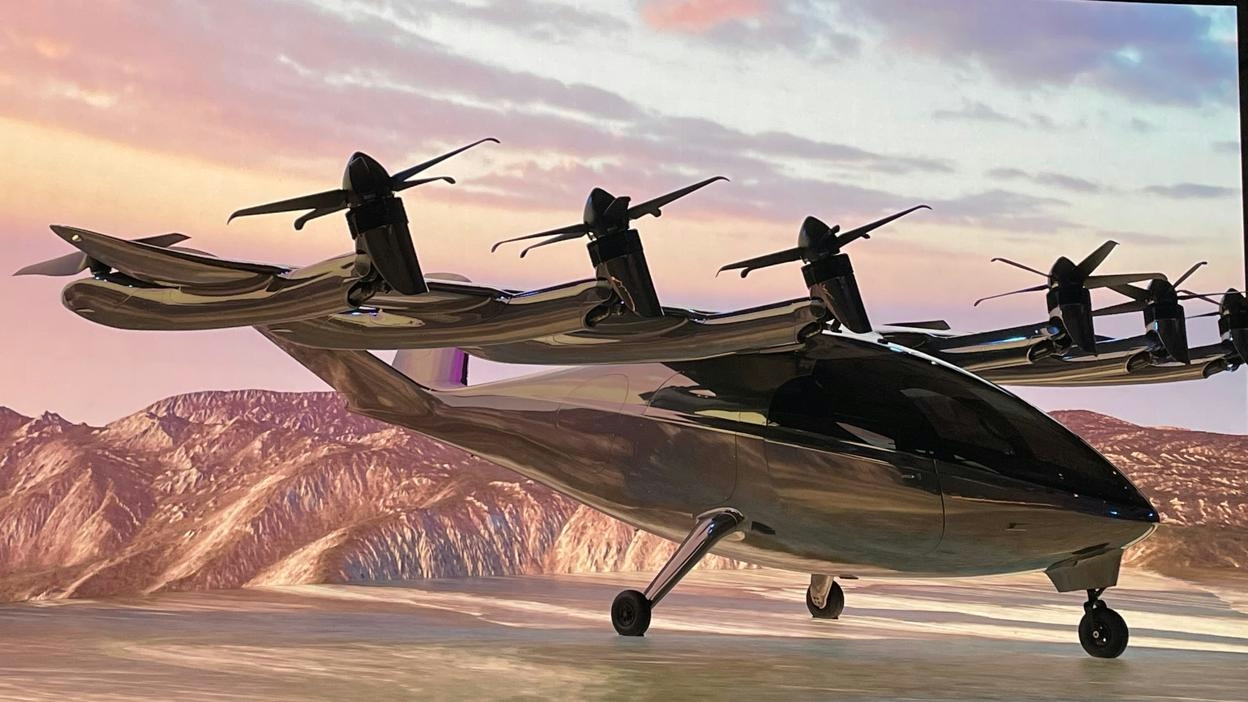
Valo eVTOL: The 150 MPH Electric Air Taxi with an Unusual Sound
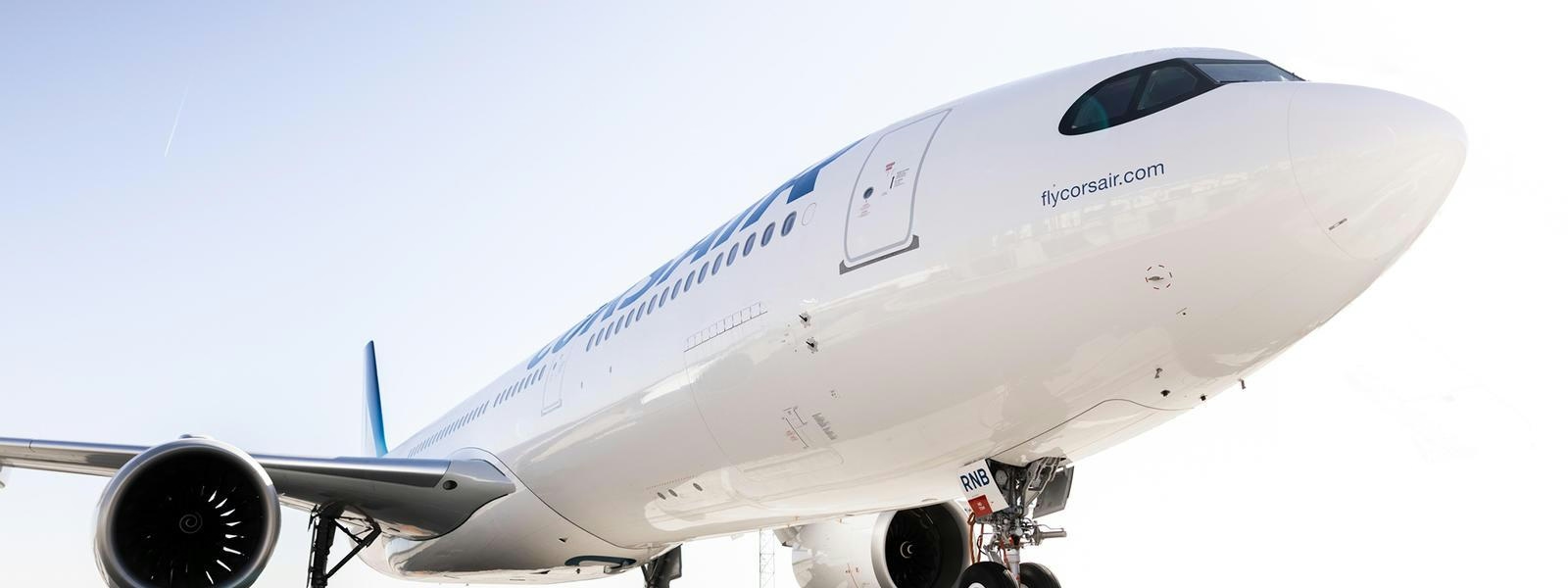
Corsair Completes First In-House C Check on Airbus A330neo at Paris-Orly
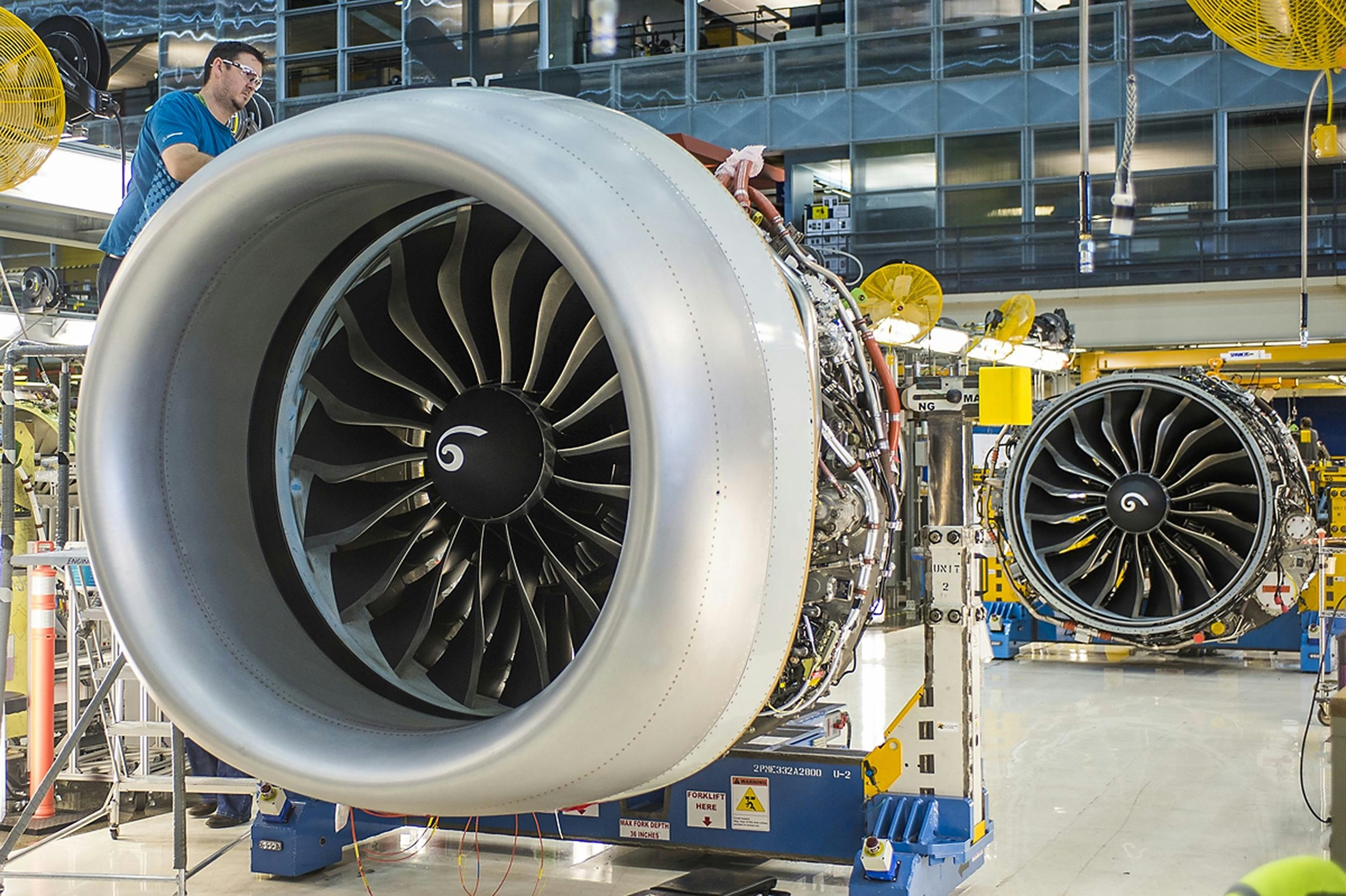
Pegasus Airlines Finalizes Deal for Up to 300 CFM LEAP-1B Engines
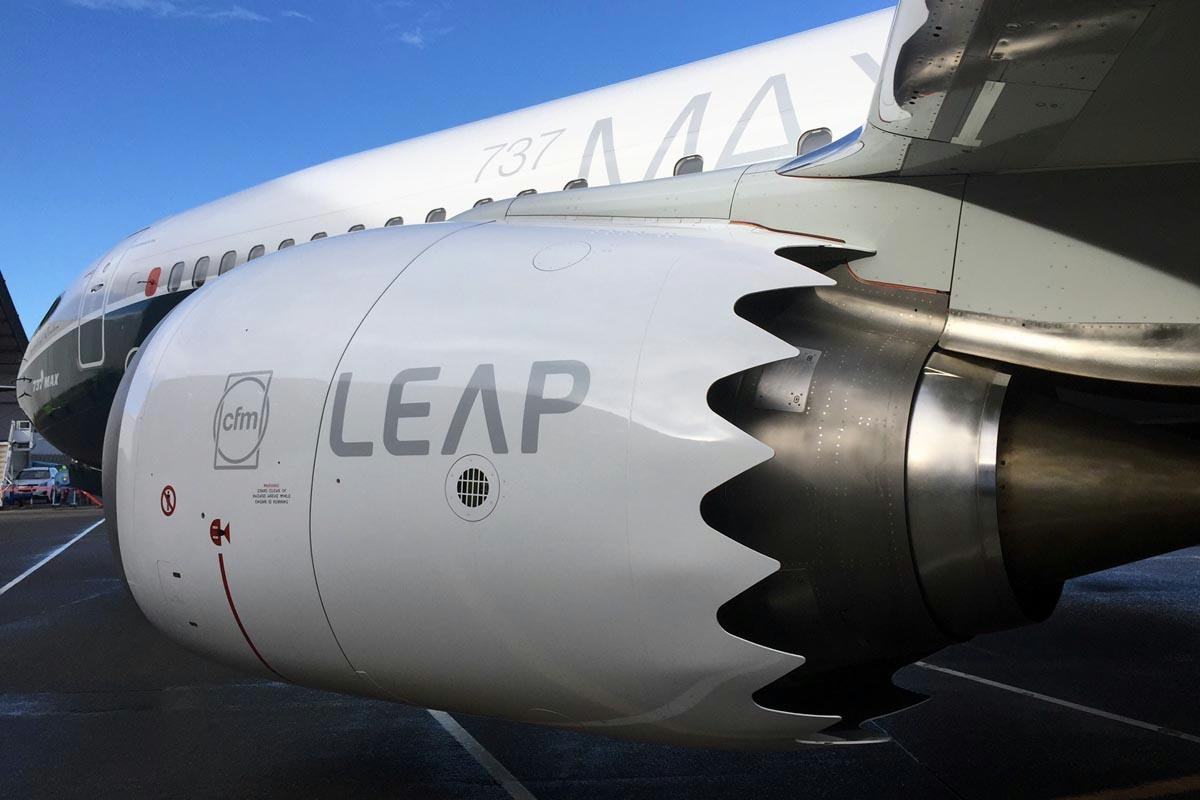
Pegasus Airlines Finalizes Agreements for CFM Leap-1B Engines
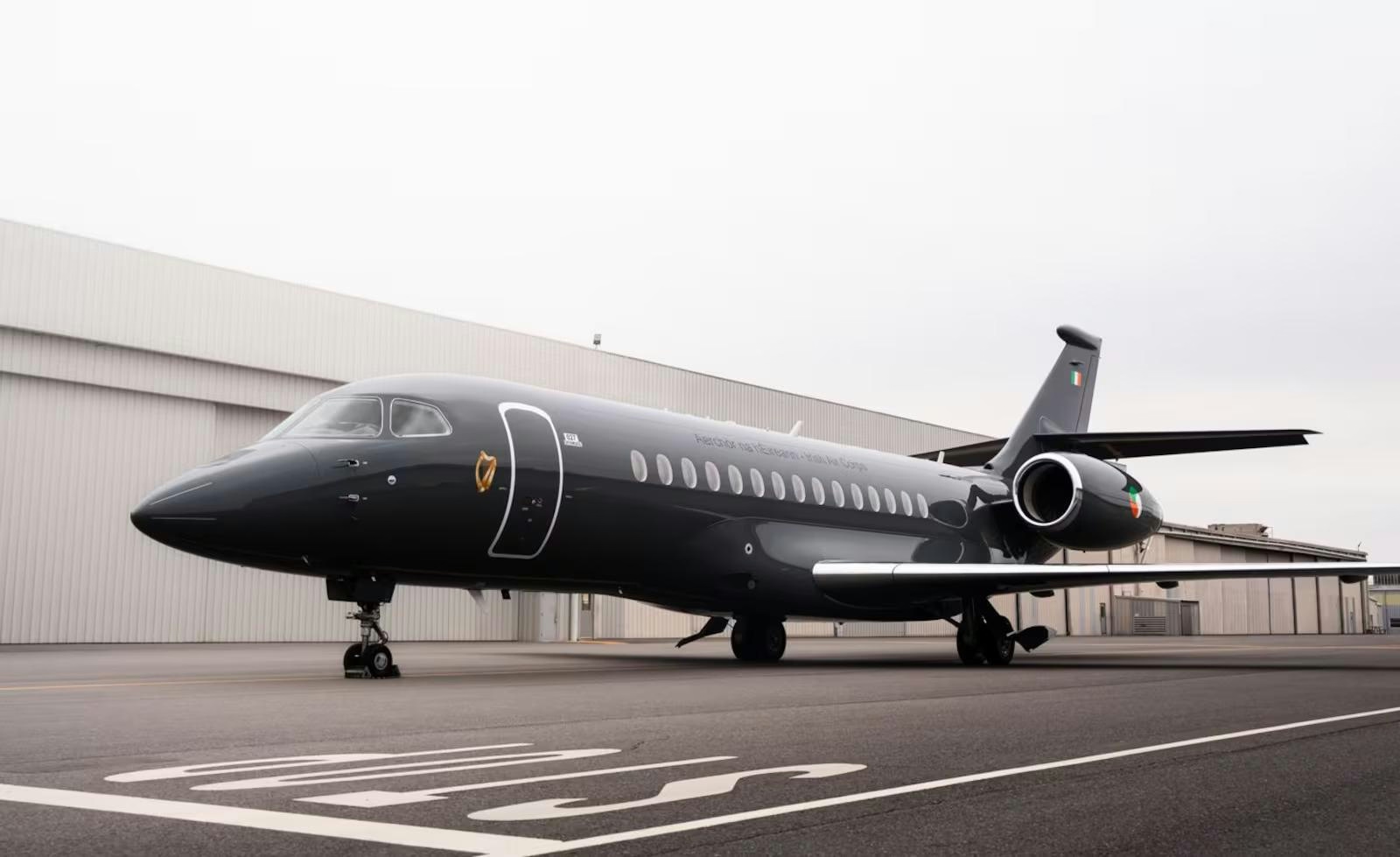
Irish Air Corps Receives New Falcon 6X for VIP Operations
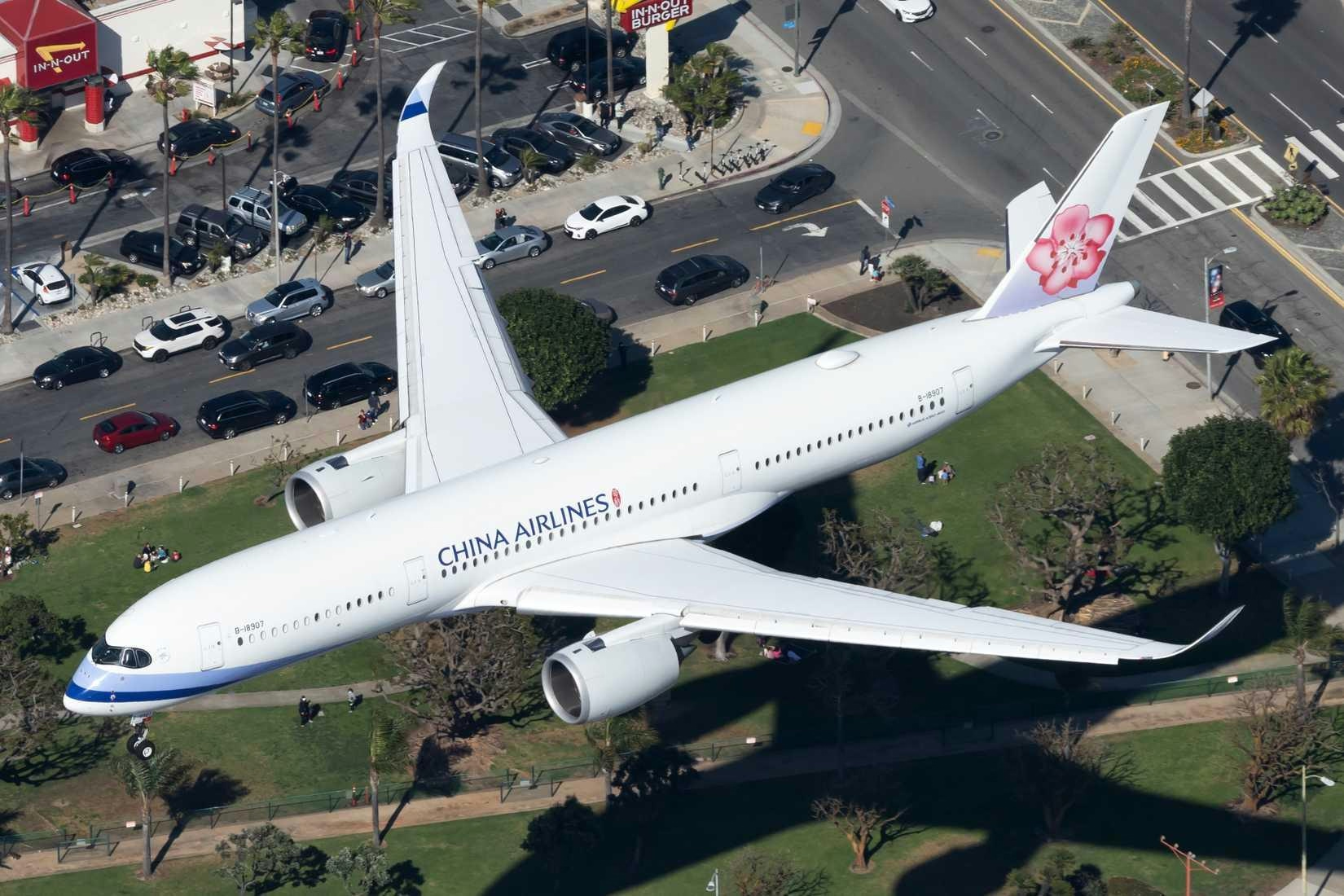
China Airlines places firm order for five additional Airbus A350-1000s
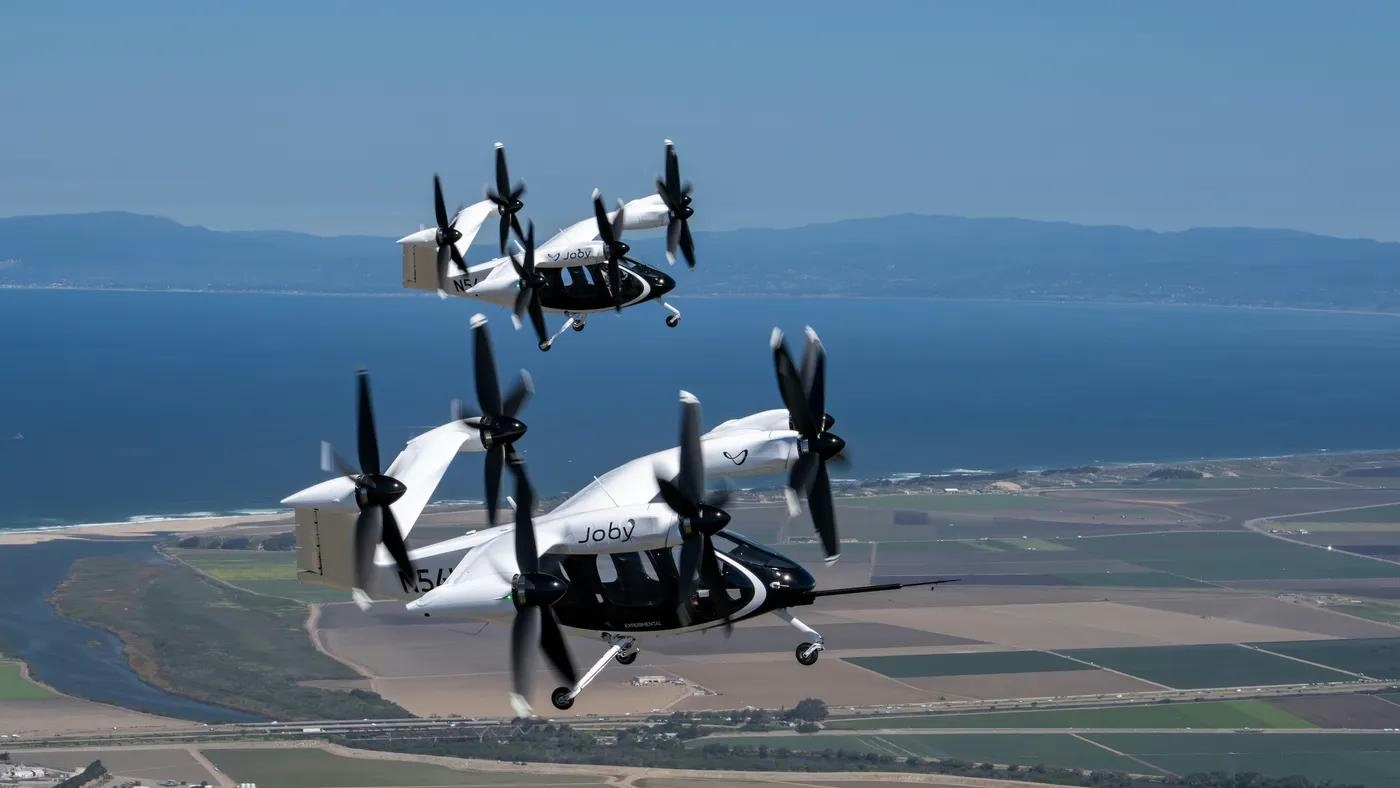
VTOL Aircraft Set to Begin Urban Operations in U.S. Cities by Mid-2026
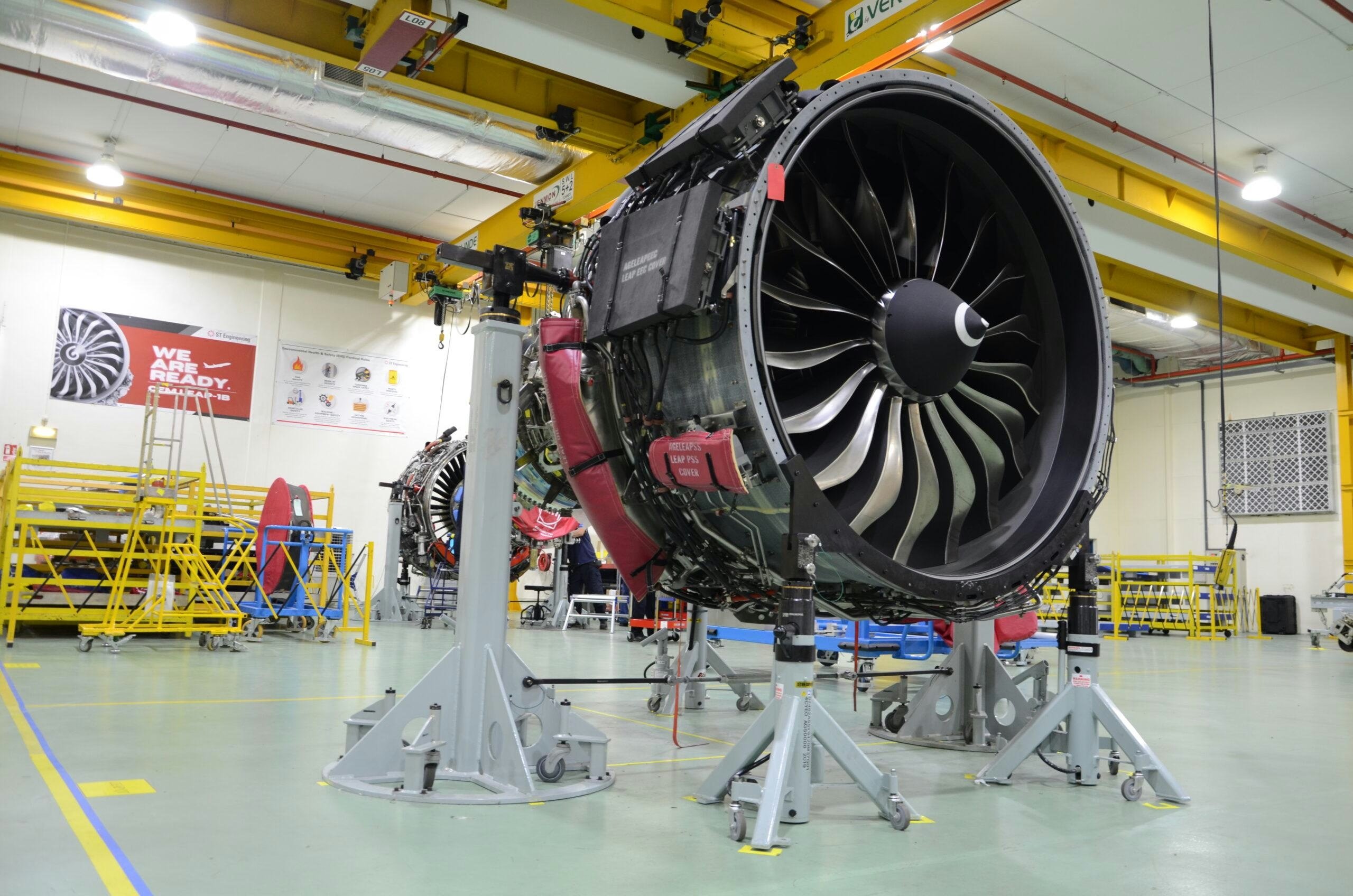
Ramco Systems to Provide Aviation Software to Powerhouse Engines in the US
